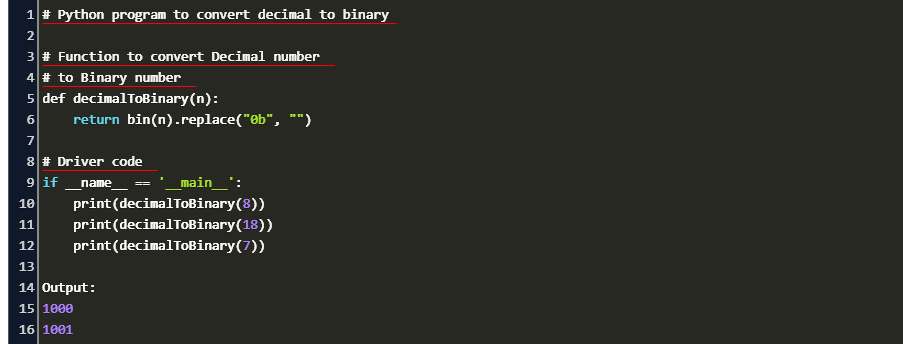
The type “ b” is used to specify the binary conversion, and “ 0” is used to place the variable at argument position 0. To convert integers into binary, we defined the “ ”. It takes input variables into its parameter and the format code inside the curly braces. The “ str.format()” method is just like the “format()” function. The above output displays the newly converted numbers to binary. The “ format() function” is used to convert the integer number into a binary number by taking the value of a variable into one parameter and the format value “ b” into its second parameter.Print('conversion of number_2 into binary is: ',Number_4) Print('conversion of number_1 into binary is: ',Number_3) Let’s understand how the “ format()” function is used to converts the int to binary:Ĭode #conversion into binary using format() The “ format()” function allows us to convert integers into binary using the “ b” (binary) format code.

The converted value is represented in string format as the “format()” function converts the value according to user formatting specifications. In Python, the “ format()” function is also used to convert the Integer value into a binary value. The integer numbers are converted into binary numbers in the above output.


In this article, we are going to discuss different methods that are used to convert integers into binary in Python: Among them, the “ Int” is used the most, and the need to convert “int” to “ binary” frequently arises in Python programs. Other number systems are converted into Binary numbers to make them machine understandable/readable. Binary numbers are used in machine language and many modern electronic devices. Any number system represented in the form of “ 1,0” is referred to as a Binary number.


 0 kommentar(er)
0 kommentar(er)
